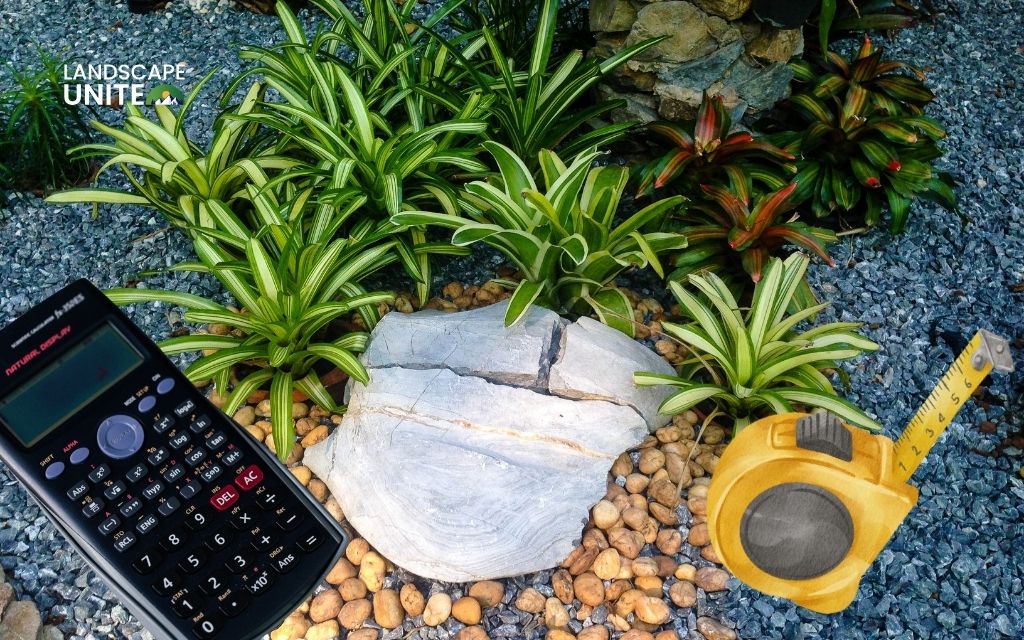When James and Elaine T. purchased their century-old Park Hill home, they never imagined their biggest challenge would be the front yard. Each summer brought water bills exceeding $200 as they struggled to maintain a traditional lawn beneath mature trees that created challenging shade patterns. Sound familiar? You’re not alone in this Denver dilemma.
This Park Hill xeriscape transformation Denver project demonstrates how professional water-wise landscaping can solve common urban challenges while creating stunning results. Through Mile High Lifescape’s innovative approach, this struggling landscape became a neighborhood showcase that saves 68% on water usage with virtually zero maintenance requirements.
The Park Hill challenge: Century-old home meets modern water costs
Understanding the original landscape problems
The Park Hill neighborhood features beautiful historic homes with mature tree canopies that create unique landscaping challenges. James and Elaine’s property exemplified these common issues: patchy grass struggling in deep shade, soil compaction from decades of foot traffic, and irrigation systems fighting against natural conditions.
During Denver’s summer months, their water bills consistently exceeded $200 as they attempted to maintain green grass in areas that received limited sunlight. The constant battle against nature created frustration and environmental guilt as water restrictions made their struggling lawn increasingly apparent to neighbors.
Why traditional landscaping fails in historic Denver neighborhoods
Historic Park Hill properties often feature mature trees that were planted decades ago without consideration for modern landscaping needs. These established trees create microclimates that make traditional grass maintenance expensive and environmentally unsustainable.
The combination of shade, root competition, and Colorado’s semi-arid climate creates perfect conditions for xeriscape denver solutions. Professional landscapers understand these unique challenges and design accordingly.
The Mile High Lifescape solution: Working with nature, not against it
Shade-tolerant native groundcovers replace struggling grass
The transformation began with replacing failed grass areas with native groundcovers specifically selected for Colorado’s shade conditions. These plants naturally thrive beneath tree canopies while providing year-round visual interest and requiring minimal water input.
Native plant selection focused on species that complement existing mature trees rather than competing with them. This approach creates harmony between established landscape elements and new plantings.
Strategic ornamental grass placement for privacy and beauty
Ornamental grasses served dual purposes in this Park Hill xeriscape transformation: providing natural privacy screening while adding textural interest throughout the seasons. These drought-tolerant plants create movement and sound when Denver’s frequent winds pass through them.
The strategic placement of ornamental grasses also helps define outdoor spaces without requiring traditional fencing or barriers. This approach maintains the open feel that makes Park Hill neighborhoods so appealing.
Central gathering area with permeable pavers
A central gathering area featuring permeable pavers became the landscape’s focal point. This hardscape element provides functional outdoor living space while allowing rainwater to naturally infiltrate the soil rather than creating runoff issues.
The permeable paver selection complemented the home’s historic character while providing a modern, low-maintenance solution for outdoor entertaining and daily use.
Drought-resistant flowering perennials for year-round color
Surrounding the central gathering area, carefully selected drought-resistant flowering perennials provide seasonal color changes that keep the landscape interesting throughout Colorado’s growing season. These plants bloom at different times, ensuring continuous visual appeal.
The perennial selection focused on native Colorado species that attract beneficial pollinators while requiring minimal supplemental watering once established.
Results: 68% water reduction and neighborhood showcase status
Quantified water savings analysis
The transformation achieved a remarkable 68% reduction in water usage compared to the original landscape. This dramatic decrease translates to annual savings of over $1,000 on water bills, making the project investment recover itself within just a few years.
Monthly water bills dropped from $200+ during summer months to less than $70, even during Colorado’s driest periods. These savings continue year after year, providing ongoing financial benefits.
Maintenance elimination benefits
Weekly lawn maintenance became a thing of the past. The new landscape requires only seasonal pruning and occasional weeding, freeing up weekends for actually enjoying the outdoor space rather than maintaining it.
The elimination of regular mowing, fertilizing, and irrigation repairs saves both time and money while reducing the property’s environmental impact.
Neighborhood impact and community inspiration
The distinctive landscape became a neighborhood showcase that inspired several neighbors to pursue similar transformations. This ripple effect demonstrates how successful xeriscape landscaping near me projects can influence entire communities.
Property values in the immediate area have benefited from the increased curb appeal and the growing trend toward sustainable landscaping practices among Denver homeowners.
Client testimonial: Real homeowner experience
“Our yard used to be an embarrassment during water restrictions when we couldn’t keep the grass green. Now it’s beautiful year-round, and we spend more time enjoying it instead of maintaining it,” shared James and Elaine T.
Their experience highlights a common theme among xeriscape colorado conversions: the landscape actually looks better during drought conditions than traditional lawns. This resilience provides peace of mind during water restrictions and climate challenges.
Financial impact: Investment recovery and long-term savings
Initial investment considerations
Professional xeriscape landscaping represents a significant upfront investment, but the long-term savings make it financially attractive. The combination of reduced water bills, eliminated maintenance costs, and increased property value creates multiple revenue streams.
Denver Water rebate programs can offset up to $750 of installation costs, making professional installation more accessible for Denver homeowners.
Property value increases in Park Hill
Well-designed xeriscapes can increase property values by 15-20% in Colorado markets. In desirable neighborhoods like Park Hill, this appreciation can represent tens of thousands of dollars in additional equity.
The combination of environmental responsibility and aesthetic appeal makes xeriscape properties particularly attractive to today’s home buyers.
Getting started: Your Park Hill xeriscape journey
Professional consultation benefits
Working with experienced xeriscape landscapers near me ensures proper plant selection, soil preparation, and irrigation design. Professional expertise prevents costly mistakes and ensures long-term success.
Local contractors understand Park Hill’s unique soil conditions, drainage patterns, and neighborhood aesthetic preferences.
Seasonal planning for optimal results
Spring and fall provide ideal planting conditions for xeriscape installations in Colorado. Professional timing ensures plants establish strong root systems before facing summer heat or winter cold.
Planning your transformation during optimal seasons maximizes plant survival rates and accelerates establishment.
Frequently asked questions
How long does a Park Hill xeriscape transformation take? Most residential projects complete within 1-2 weeks, depending on size and complexity. Spring installations allow for full establishment before summer heat arrives.
What rebates are available for xeriscape projects in Denver? Denver Water offers rebates up to $750 for qualifying installations. Additional utility rebates may be available depending on your specific location.
Will xeriscape landscaping work with my mature trees? Yes, professional designers specialize in working with existing mature trees. Shade-tolerant native plants can thrive beneath tree canopies while complementing existing landscape elements.
How much maintenance does xeriscape landscaping require? Established xeriscapes require minimal maintenance compared to traditional lawns. Seasonal pruning and occasional weeding replace weekly mowing and regular watering.
Can xeriscape landscaping handle Denver’s weather extremes? Native Colorado plants are naturally adapted to local weather patterns, including temperature swings, hail, and drought conditions. They often perform better than traditional landscaping during extreme weather.
Take action: Transform your Park Hill landscape today
Ready to join the growing number of Park Hill homeowners who’ve discovered the benefits of professional xeriscape landscaping? This transformation shows that you don’t have to sacrifice beauty for sustainability.
The combination of water savings, reduced maintenance, and increased property value makes xeriscape landscaping an investment that pays dividends for years to come.
About Landscape Unite
Landscape Unite is your premier resource for gardening and landscape inspiration, featuring expert insights, case studies, and practical advice for creating beautiful, sustainable outdoor spaces across Colorado and beyond.
Ready to explore more water-wise landscaping solutions? Contact Landscape Unite for expert tips, detailed guides, and discover inspiring posts on our blog. Join Colorado’s growing community of environmentally conscious homeowners making a difference, one landscape at a time.


